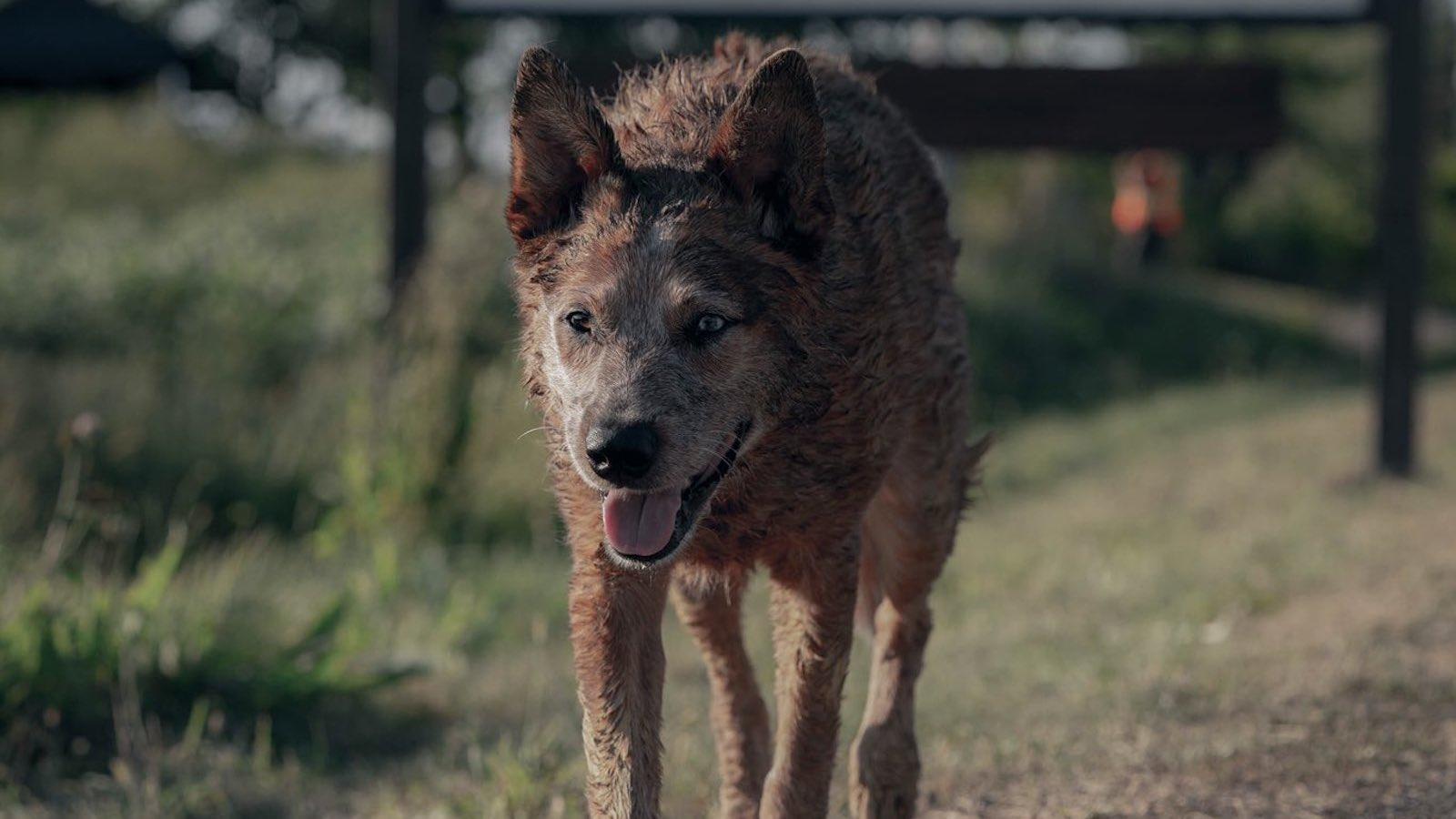Introduction

Pet Sematary – Bloodlines Review – Imagine a place where death isn’t the end but merely a gruesome beginning. Ludlow, Maine, is that eerie town, and the ancient burial ground near Pet Sematary holds a sinister secret. In this expansive blog post, we’ll delve deep into “Pet Sematary: Bloodlines,” a prequel to Stephen King’s iconic novel. We’ll explore its eerie setting, characters, chilling legacy, and its ability to deliver true horror.
Pet Sematary – Bloodlines Review: The Dark Allure of Ludlow Revisited (1969)

In the year 1969, Ludlow, Maine, may exude small-town charm, but lurking beneath its picturesque facade is a darkness that entices the curious. “Pet Sematary: Bloodlines” skillfully re-creates Stephen King’s atmospheric setting, plunging us headlong into the heart of this seemingly idyllic yet deeply ominous town.
The visual storytelling captures Ludlow’s essence—the quaint houses, children playing in the streets, and friendly nods between neighbors—all set against the backdrop of the eerie forest and the looming burial ground. This contrast creates an unsettling atmosphere that permeates the entire film.

The town’s portrayal in the movie is faithful to King’s vision. Ludlow, seemingly frozen in time, is a place where everyone knows everyone else, where secrets are whispered behind closed doors, and where the past lingers like an ever-present specter.
2: Characters Unearthed

At the center of Ludlow’s dark secrets is a cast of characters who bring both depth and intrigue to the story. Meet Jud Crandall, portrayed not as the wise old man we remember from the original but as a young dreamer yearning to escape Ludlow by joining the Peace Corps. His journey becomes intertwined with childhood friends and long-buried secrets, leading to the town’s darkest revelations.
Manny and his sister Donna add a much-needed familial warmth to the narrative. Their sibling bond resonates as they encourage each other to leave Ludlow in search of a bigger life. Manny and Donna are non-King characters, allowing the story more freedom to explore new avenues.

Yet, one of the film’s flaws lies in the strained relationship between Timmy Baterman and his father Bill, which leaves an emotional void. The lack of development in their relationship undermines Bill’s catastrophic decision, which should have been a grave emotional turning point in the story.
3: Tempting Fate – Ludlow’s Haunting Legacy

The movie retains the slow-burning tension of King’s novel, showcasing the relentless human desire to defy death. It explores the consequences of meddling with the ancient burial ground, where the line between life and death is blurred.
A particularly chilling flashback sequence, set in the 1600s, adds a brutal twist to the tale. This sequence, although distinct in style from the rest of the film, leaves an indelible mark on the viewer’s psyche, casting a shadow of foreboding over the narrative.
The lore of the novel is expanded without overwhelming the source material, offering valuable insights into Ludlow’s temptations and its haunting connection to the burial ground. The film takes its time, allowing the audience to absorb the weight of the characters’ decisions, emphasizing the age-old adage, “Sometimes, dead is better.”
4: Chills and Thrills – Does It Deliver?
“Pet Sematary: Bloodlines” attempts to deliver horror, but it falls short of the mark set by the source material. While jump scares abound, they lack the weight and substance needed to truly terrify the audience. The film’s overreliance on jarring cuts becomes repetitive, diminishing their intended effect.

Despite its shortcomings, the movie offers glimpses of unsettling imagery—a spooky dog, eerie masks, and a general sense of unease. These elements, however, don’t compensate for the lack of a compelling and coherent narrative that should serve as the backbone of any successful horror film.
5: Identity Crisis and Emotional Depth
One notable flaw in the film is the portrayal of Jud Crandall. He is a departure from the novel’s wise and enigmatic character. In “Pet Sematary: Bloodlines,” Jud’s character feels disconnected from his original portrayal. This shift raises questions about the film’s commitment to its source material and the impact it has on the narrative’s integrity.
The movie appears to grapple with its identity, trying to center the narrative on the Baterman father-son relationship. Unfortunately, this effort falls flat, failing to establish a deep emotional connection with the characters and their plight. The emotional resonance that should have underpinned the film’s climax is noticeably absent.
Conclusion: Against All Odds
“Pet Sematary: Bloodlines” perseveres amid the challenges of adapting King’s work. Director Lindsey Anderson Beer successfully captures Ludlow’s essence and its darkest secrets, transporting us to a town that seems frozen in time.
While it may not be a horror masterpiece, the film enriches the Pet Sematary universe, offering a glimpse into Ludlow’s twisted history and the consequences of tampering with life and death. Despite its flaws, it stands as a testament to Stephen King’s enduring allure, proving that even in its imperfections, his dark tales continue to captivate.
So, if you’re in the mood for a spine-tingling journey into the past, “Pet Sematary: Bloodlines” might just be the ticket, though it falls short of being a horror blockbuster. It reminds us that sometimes, the past should remain buried, and it offers a chilling exploration of the consequences when we dare to unearth it.











